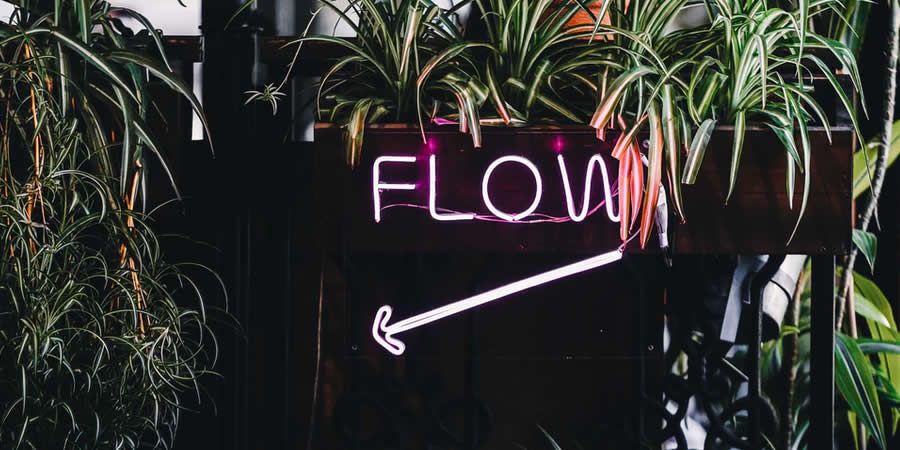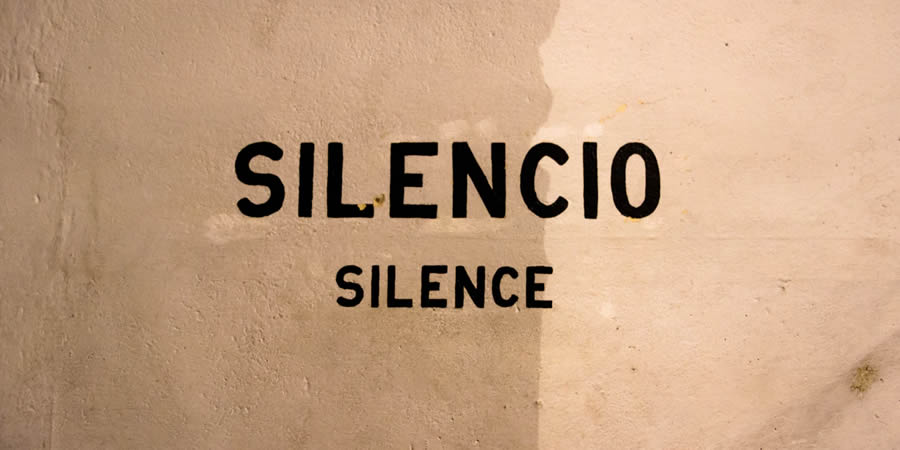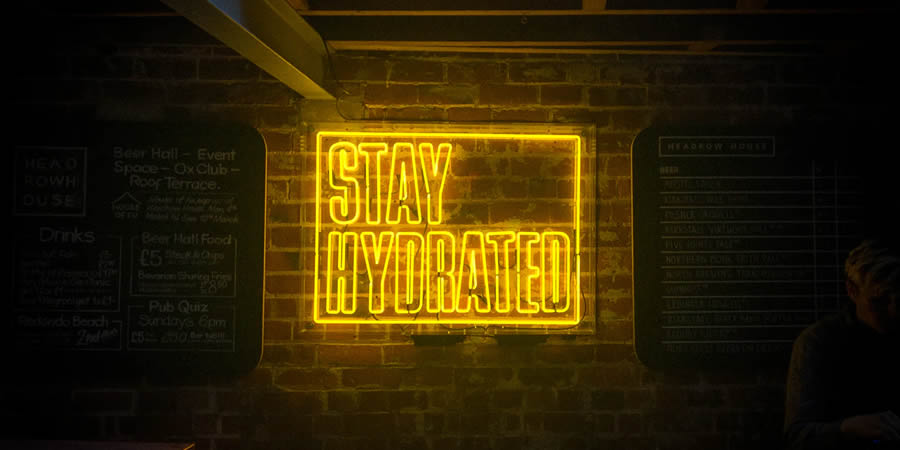It’s late in the day, and you’re working hard on a project. Hours have seemingly flown by in a flash. You haven’t eaten anything since this morning, but you don’t really feel hungry. The only time you’ve moved has been to refill your coffee, and even as you are pouring a cup, your mind is churning over the project – you can’t seem to get enough of it.
You rush back to the task at hand instead of rushing for freedom, even as the hour hand hits five o’clock and rolls on to six. But you don’t feel tired. You may even feel energized. You are super creative! You are at one with the project!
Congratulations, you have found flow!

What is Flow?
First proposed by Mihály Csíkszentmihályi, flow is a mental state in which a person is fully immersed in a feeling of energized focus, full involvement, and enjoyment in the participation of an activity.
In essence, flow is characterized by complete absorption in what one is doing. Flow can happen with many types of activities: This positive psychology concept has been widely referenced across a variety of fields, from education to music to sports and even video games.
If you have the time, you should watch this video, and let Mr. Csíkszentmihályi tell you about ‘flow’ himself:
Flow is also a priceless state of mind when it comes to work-related tasks. When someone is in flow, they can get a lot of tasks accomplished, do it well, and often quicker than expected. It’s a time when self seems to fall away, while concentration, energy, and skill combine.
You can’t bottle it, and you can’t buy it. No, really, there’s no way to replicate flow. It happens when it happens.
How to Create Flow
It is something that happens organically when you enjoy what you’re doing, but what if you could will yourself into a feeling of flow? Think of how much you could get done if you could find a way to induce that state of mind when you needed it most.
While there are no sure-fire ways to put yourself into a true, hunger-ignoring, time-warping, creativity-magnifying state of mind, there are several things you can do to try to encourage your brain to start going with the flow.
Tips for Finding Flow
1. Know the Task at Hand
This is a two-fold equation. First, you have to know what you’re working on and what is expected at the end. Second, you have to know that the project you’re working on is within your skillset and that you’re capable of carrying it out.
This requires you to know a lot about the task before you even start. I’d daresay you want to know everything you can: Stopping and starting to ask questions or track down materials puts a damper on flow.
2. Eliminate Outside Distractions
The biggest disruptors of flow are distractions. Do your best to eliminate those within your control, like putting your phone on silent, closing down your email app, and ignoring your social media apps.
Some distractions may be harder to eliminate, though, especially if you work in an office. You could ask coworkers beforehand if they’ll need anything from you before you dedicate your time to the big project you’re about to start.
Once you know what they’ll need and when, let them know politely that you’d like not to be disturbed for the next few hours. Try blocking off the time on your calendar so people won’t try to schedule meetings. Do everything you can to grab a few solid hours to focus only on the project at hand.

3. Get Comfortable
Pain or discomfort will inhibit your ability to concentrate. Case in point, the writing of this article was delayed several times due to a headache and a shoulder injury. Though I could have written an effective article with either, I knew the pain would make it hard to get fully immersed in the project, which could lead to typos and grammar errors.
Wear clothing in which you can relax, sit in a comfortable chair with your tools (pen, paper, laptop, tablet, whatever), and everything else that you may need, at a comfortable level in front of you.
4. Full Stomach, Full Brain
Like pain or discomfort, hunger and thirst will also pull you out of your concentration. Have something filling and healthy to eat before starting a big project.
Foods with beneficial omega fatty acids, like fish and eggs, as well as whole grains, fruits, and vegetables, are good for your brain. They help to supply energy and vitamins when you need to think clearly.

5. Stay Hydrated
About 78% of your brain is made up of water. That’s a high percentage, which means even a little bit of dehydration can have a negative effect on your performance.,/p>
Keep some water close by and perhaps another beverage with electrolytes like juice or a sports drink. Be careful with sweet drinks, especially if you are susceptible to sugar crashes.
6. Enjoy the View
Make your surroundings as attractive as possible. If you have enough control over your space to paint walls and add decorations that inspire you. That’s perfect because you can turn your entire environment into the perfect place to work.
If you can’t do that, the very least you can do is to make the area clean and orderly. Add some inspiring personal items that you can, like photographs of loved ones.
7. Listen to Music
The hustle and bustle of the office can energize some people while others find their best creative work is achieved when they can tune everything out. The silence of an empty house can even be disconcerting to some people. You can control the sounds you’re exposed to and find the level of quiet or noise that you need with headphones.
Pick music that you’re familiar with so that you won’t be tempted to stop and listen to something you’ve never heard before. Classical may also be a good choice, as some studies show that it can be particularly helpful for concentration and stimulating the mind.

8. Smell Something Sweet
Okay, it doesn’t necessarily have to be sweet, but smell is a powerful sense that can affect your mood and concentration. Think about it: The smell of your favorite meal cooking can make you instantly hungry; the stinky, greasy, fast food bag sitting in the wastebasket next to your desk can make you feel queasy. If you’re working at home, light some incense or a candle, or use any other sweet-smelling solutions.
The office is a little trickier, as some of your coworkers may be sensitive to smells. I like to wear a little lavender or lilac essential oil on the inside of my wrist. You could also keep a cup of fresh coffee on hand, as the smell of it may help you feel alert and energized.
9. A Little Something More
Coffee or diet cola fuels some people’s creativity and stamina, while sipping on a beer sparks others’ imaginations. Both alcohol and caffeine have been shown to have different effects on the brain that may be beneficial to creative work for some people.
Obviously, coffee and beer while working isn’t for everyone, but as long as it’s okay with your workplace and as long you’re not consuming so much you get jittery or inebriated, you may want to consider having these things within reach.
And don’t forget the wise old adage commonly attributed to Ernest Hemingway: “Write drunk, edit sober.” Whether you’re amped, buzzed, or stone-cold sober, always come back to your work later with fresh eyes.

10. Just Do it
It’s hard to develop flow if you’re not already moving. If you spend all your time “setting the mood” and never actually dive into the work, none of this preparation is going to do you any good.
Eventually, you have to sit down and work on the project. Once you start working, trying to develop flow is a lot like trying to learn to meditate: Every time you notice your thoughts drifting away from the task at hand, take a moment to acknowledge it and then bring yourself right back to the task.
It might be hard at first, but if you can focus long enough, you’ll get into your work. You’ll start noticing it’s harder for you to turn away from the project. You might just look up to find that several hours have flown by.
Challenges to Flow
Don’t feel bad if you’re not able to achieve that mystical state of flow even after putting in the efforts. If attaining flow were easy, everyone would be doing it, and all of the time. A whole workday just flew by? Sign me up.
It can be difficult to really immerse yourself in a project for a variety of reasons. Feelings of apathy, boredom, anxiety, anger, or sadness can all inhibit flow, but we often feel these emotions every day. You may have to find ways that work for you to get past those feelings before you can achieve a state of flow.
Even if you work hard on your project and time seems to drag, following the suggestions in this article can help you be more productive. Being comfortable, well-fed, and having everything you need at hand can help you work longer before you have to step away or take a break.
And the more you try to encourage a state of flow, the better chance you will succeed. Practice will always make you better, and at some point in the future, you will be able to recall that feeling of concentration when you need to use it again on your next big project.
The post Tips for Finding Flow in Your Creative Process appeared first on Speckyboy Design Magazine.